To separate genomic DNA fragments by size, which of these laboratory methods is most useful?
A. Titration
B. Electrophoresis
C. Filtration
D. Spectrophotometry
Electrophoresis is the most useful laboratory method for separating genomic DNA fragments by size.
Electrophoresis is a technique that uses an electric field to separate charged molecules, such as DNA fragments, based on their size and charge.
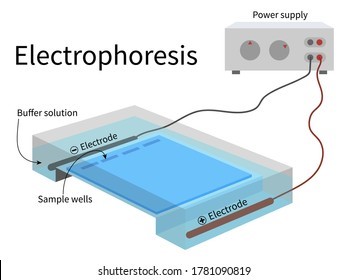
Choice A is not correct because titration is a laboratory method used to determine the concentration of a solution.
Choice C is not correct because filtration is a laboratory method used to separate solids from liquids.
Choice D is not correct because spectrophotometry is a laboratory method used to measure the absorbance of light by a solution.
Therefore, the Correct Answer is B.
More Questions on TEAS 7 Science
-
Q #1: Which of the following represents the complementary strand of a DNA sequence 3' TCGATCGCA 5'?
A. 3' AGCTAGCGT 5'
B. 5’ AGCTAGCGT 3’
C. 5' UCGAUCGCA 3'
D. 3' TCGUTCGCU 3'
Answer Explanation
In DNA, the nitrogenous bases adenine (A) and thymine (T) pair together, while cytosine (C) and guanine (G) pair together.
Therefore, the complementary strand of the given DNA sequence 3' TCGATCGCA 5' would have the complementary nitrogenous bases as:
5’ AGCTAGCGT 3’
NOTE: The 5’ to 3’ direction of the complementary strand is opposite to that of the given strand.
Choice A.
3’ AGCTAGCGT 5’ is not correct because it is not complementary to the given strand.
Choice C.
5’ UCGAUCGCA 3’ is not correct because it contains uracil (U), which is a nitrogenous base found in RNA, not DNA.
Choice D.
3’ TCGUTCGCU 3’ is not correct because it also contains uracil (U), which is a nitrogenous base found in RNA, not DNA.
-
Q #2: Hikers who found a human body at high altitude in the Italian Alps thought the man had died recently, but tests indicated he was shot with an arrow more than 5,300 years ago. Which of the following would be the best reason for prolonged preservation of the body? .
A. The food that the person ate contained toxins that killed the bacteria that would have otherwise destroyed the body
B. The arrow wound caused blood to flow out of the body, which led the enzymes that would break down tissue to be cleared from the body
C. The body was frozen in the cold temperature of the Alps shortly after he died and remained frozen until it was found
D. The ultraviolet rays at such a high altitude caused all the body's molecules to be preserved.
Answer Explanation
The best reason for the prolonged preservation of the body is that it was frozen in the cold temperature of the Alps shortly after he died and remained frozen until it was found.
Freezing can preserve a body by slowing down or stopping the decomposition process.
Choice A is not correct because the food that the person ate would not have contained toxins that killed the bacteria that would have otherwise destroyed the body.
Choice B is not correct because the arrow wound would not have caused blood to flow out of the body in a way that would have cleared enzymes that break down tissue from the body.
Choice D is not correct because ultraviolet rays at high altitude would not have caused all of the body’s molecules to be preserved.
-
Q #3: Which of the following microorganisms lack their own metabolic pathways and can only reproduce inside of a host cell?
A. Bacteria
B. Protozoa
C. Helminths
D. Viruses
Answer Explanation
Viruses.
Viruses lack essential machinery needed to reproduce by themselves.
In fact, viruses can only reproduce after infecting a living cell - a process called viral replication.
Once inside a living cell, viruses re-program the cell’s machinery to produce viral proteins and genetic material to make new copies of themselves.
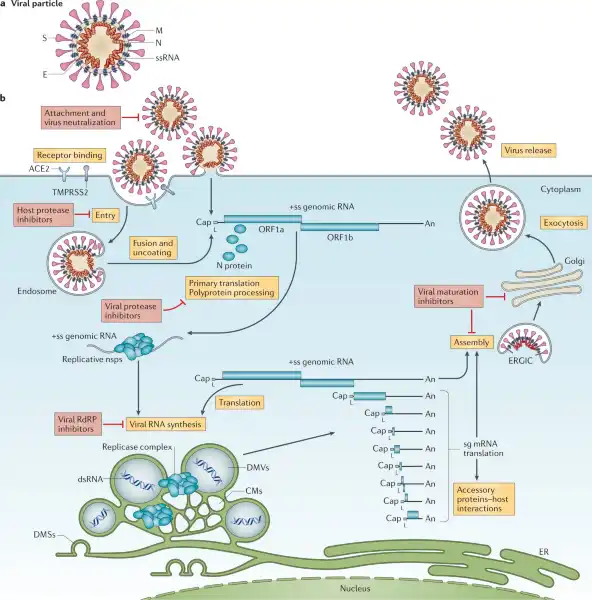
Choice A, Bacteria, is not the correct answer because bacteria have their own metabolic pathways and can reproduce outside of a host cell.
Choice B, Protozoa, is also not the correct answer because protozoa are singlecelled eukaryotes that have their own metabolic pathways and can reproduce outside of a host cell.
Choice C, Helminths, is not the correct answer because helminths are multicellular parasitic worms that have their own metabolic pathways and can reproduce outside of a host cell.
-
Q #4: Which of the following is the number of protons in a lithium atom?
A. 7
B. 3
C. 12
D. 4
Answer Explanation
The atomic number of an element represents the number of protons in the nucleus of an atom of that element.
Since lithium has an atomic number of 3, it has 3 protons in its nucleus.
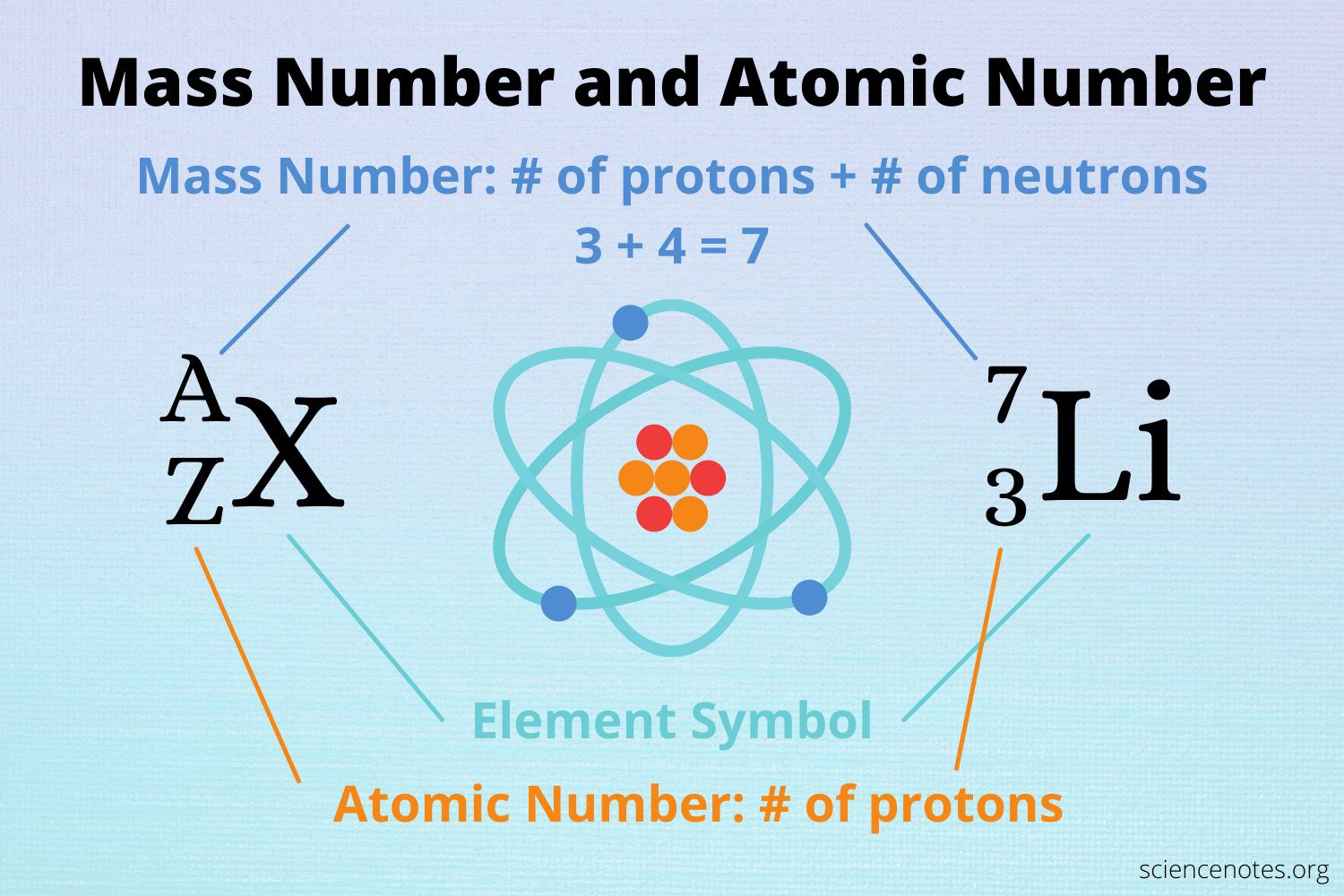
Choice A is not correct because 7 is the mass number of lithium, not the number of protons.
Choice C is not correct because 12 is not the atomic number or mass number of lithium.
Choice D is not correct because 4 is not the atomic number or mass number of lithium.
-
Q #5: Which of the following is the function of a totipotent cell?
A. Fights infectious diseases.
B. Aids in the maturation of sex cells.
C. Carries electrical impulses.
D. Develops into any kind of cell.
Answer Explanation
A totipotent cell can self-renew by dividing and develop into the three primary germ cell layers of the early embryo and into extra-embryonic tissues such as the placenta.
A fertilized egg is a totipotent stem cell and as such can develop into any specialized cell found in the organism.
Choice A is not correct because totipotent cells do not fight infectious diseases.
Choice B is not correct because totipotent cells do not aid in the maturation of sex cells.
Choice C is not correct because totipotent cells do not carry electrical impulses.
-
Q #6: Why is it important for new scientific findings to be published?
A. Scientists will get paid if their findings are published.
B. Publishing findings will help scientists become more biased.
C. Other scientists can validate or disprove the findings
D. This prevents other scientists from performing similar tests
Answer Explanation
Other scientists can validate or disprove the findings.
It is important for new scientific findings to be published so that other scientists can review the research and either validate or disprove the findings.
This process of peer-review helps to ensure the accuracy and reliability of scientific research.
Choice A.
Scientists will get paid if their findings are published is not correct because while some scientists may receive funding or grants for their research, the primary goal of publishing scientific findings is not for financial gain.
Choice B.
Publishing findings will help scientists become more biased is not correct because the goal of publishing scientific findings is to share information and promote transparency, not to promote bias.
Choice D.
This prevents other scientists from performing similar tests is not correct because publishing scientific findings allows other scientists to build upon the research and perform further tests to validate or disprove the findings.
-
Q #7: In a phase diagram, which of the following is the term used for a substance held at a temperature and pressure where the solid, liquid, and gaseous states of a substance exist simultaneously?
A. Triple point
B. Critical temperature
C. Critical point
D. Absolute zero
Answer Explanation
Triple point.
In a phase diagram, the term used for a substance held at a temperature and pressure where the solid, liquid, and gaseous states of a substance exist simultaneously is the triple point.
The triple point is a unique point on a phase diagram where the three states of matter (solid, liquid, and gas) can coexist in equilibrium.
At the triple point, the temperature and pressure of the substance are fixed.

Option B, critical temperature, is the temperature at which a gas cannot be liquefied, regardless of the pressure applied.
It is a characteristic property of a substance and is typically higher than the boiling point of the liquid at standard pressure.
Option C, critical point, is the point on a phase diagram where the liquid and gas phases of a substance become indistinguishable.
At the critical point, the distinction between the liquid and gas phases disappears, and the substance becomes a supercritical fluid.
Option D, absolute zero, is the theoretical temperature at which all matter has zero thermal energy.
At absolute zero, all substances are in their solid state, but it is not relevant to a phase diagram, as it is a temperature where no transitions between states occur.
In summary, the term used for a substance held at a temperature and pressure where the solid, liquid, and gaseous states of a substance exist simultaneously in a phase diagram is the triple point, whereas the other options provided are not relevant or are characteristic properties of substances in different contexts.
-
Q #8: Which of the following organic molecules contain both an amine and carboxyl group?
A. Lipids
B. Chitin
C. Cellulose
D. Proteins
Answer Explanation
Proteins.
Proteins are made up of amino acids which are organic molecules that contain both an amine functional group (–NH2) and a carboxylic acid functional group (– COOH).
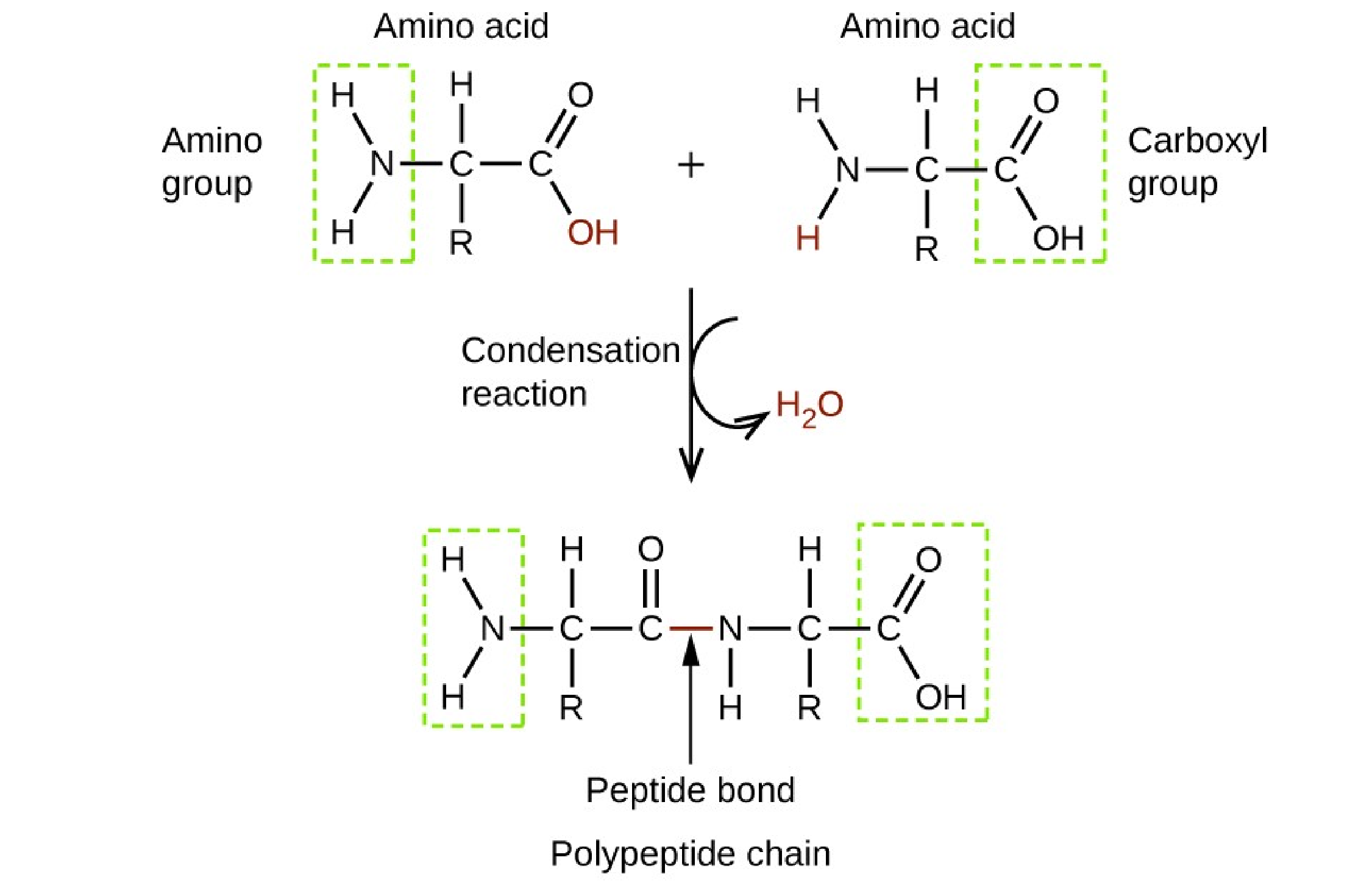
Choice A, Lipids, is not the correct answer because lipids are a group of naturally occurring molecules that include fats, waxes, sterols, fat-soluble vitamins, monoglycerides, diglycerides, triglycerides, phospholipids, and others.
They do not contain both an amine and carboxyl group.
Choice B, Chitin, is not the correct answer because chitin is a long-chain polymer of N-acetylglucosamine, a derivative of glucose.
It does not contain both an amine and carboxyl group.
Choice C, Cellulose, is not the correct answer because cellulose is an organic compound with the formula (C6H10O5)n, a polysaccharide consisting of a linear chain of several hundred to many thousands of β(1→4) linked D-glucose units.
It does not contain both an amine and carboxyl group.
-
Q #9: Testosterone is categorized as which of the following types of hormones?
A. Estrogen
B. Progestin
C. Aldosterone
D. Androgen
Answer Explanation
Testosterone is classified as an androgen hormone.
Androgens are a type of sex hormone that primarily regulates the development and maintenance of male characteristics, such as body hair growth, muscle mass, and deepening of the voice.
Testosterone is produced primarily in the testes in males and in smaller amounts in the ovaries and adrenal glands in females.
Option A, estrogen, is a female hormone that regulates the development of female sexual characteristics, such as breast growth and menstruation.
While estrogen and testosterone are both steroid hormones and can be converted to one another in the body, testosterone is not categorized as estrogen.
Option B, progestin, is a synthetic form of the hormone progesterone.
Progesterone is a female hormone that plays a role in the menstrual cycle and pregnancy.
Testosterone and progestin are not related, and testosterone is not categorized as progestin.
Option C, aldosterone, is a mineralocorticoid hormone that regulates salt and water balance in the body.
It is produced in the adrenal gland and plays a role in regulating blood pressure.
Testosterone and aldosterone are not related, and testosterone is not categorized as aldosterone.
-
Q #10: The measurement indicated by the line across the center of the cell is best referred to as which of the following?
A. Area.
B. Diameter.
C. Volume.
D. Radius.
Answer Explanation
Diameter.
The diameter is the measurement of a straight line passing through the center of a circle and connecting two points on its circumference.
In this case, the line across the center of the cell represents the diameter of the cell.
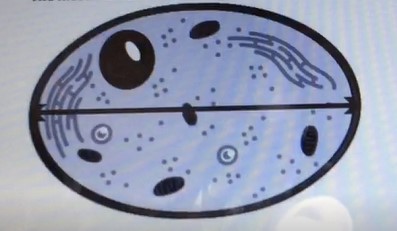
Choice A, Area, is not the correct answer because area refers to the amount of space inside a two-dimensional shape.
Choice C, Volume, is not the correct answer because volume refers to the amount of space occupied by a three-dimensional object.
Choice D, Radius, is not the correct answer because radius refers to the distance from the center of a circle to its circumference and is half the length of the diameter.
Free Access on TEAS 7 Exams and Study Notes
- Access to all TEAS 7 Exams
- Performance Tracking and Analysis
- Well Documented and Explained Questions and Answers
- 2000+ Questions and Correct Answers: Answers Well Explained
- Libary of Detailed StudyNotes
- Topical Questions and Answers on Examinable topics
TEAS 7 Exams (Q&A)
TEAS 7 Study Notes
TEAS 7 Topical Tests

TEAS 7 Study Guides
Quick Links
Refer a Friend
Refer a friend and claim free unlimited access

© 2024 ExamGates Made with by ExamGates
